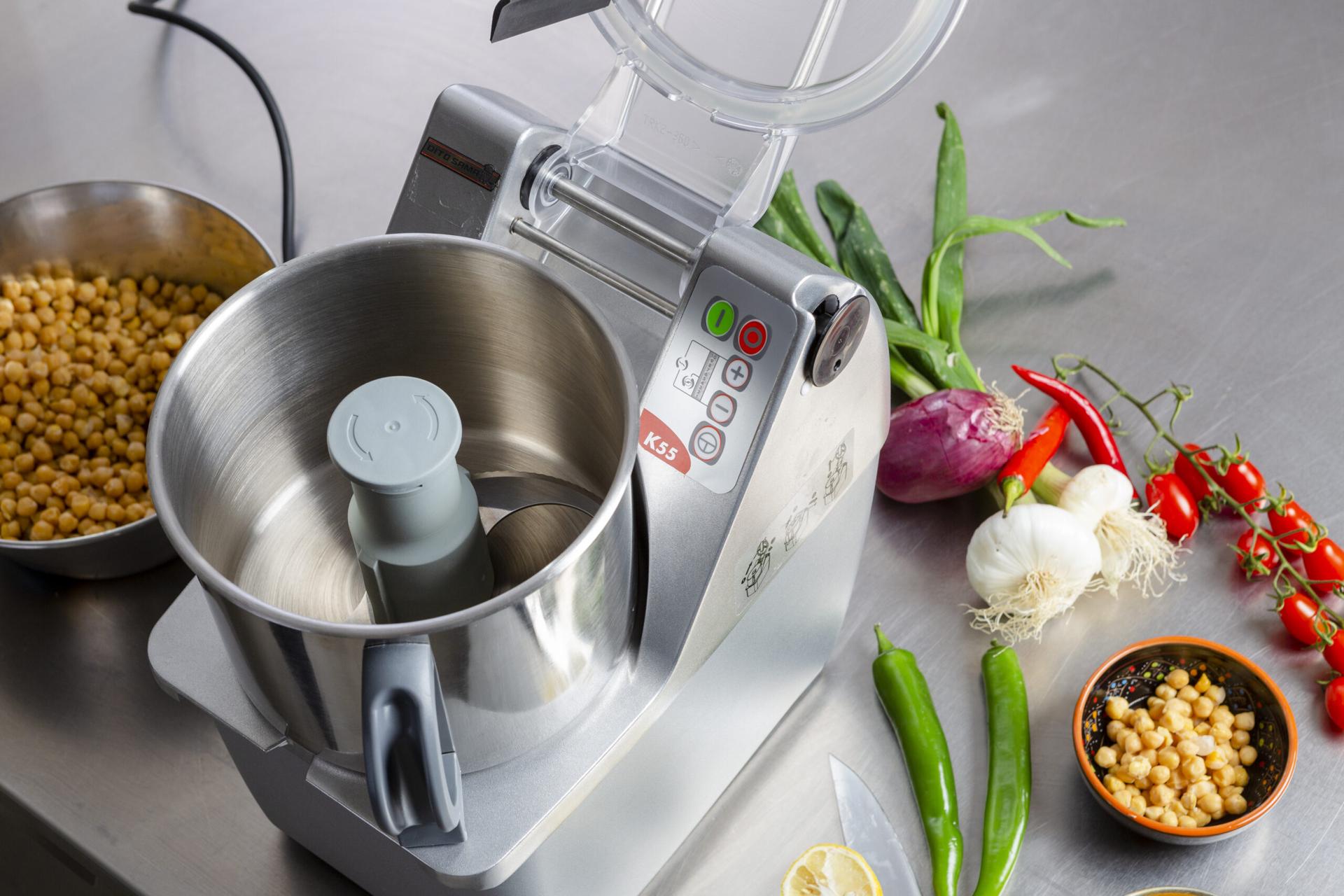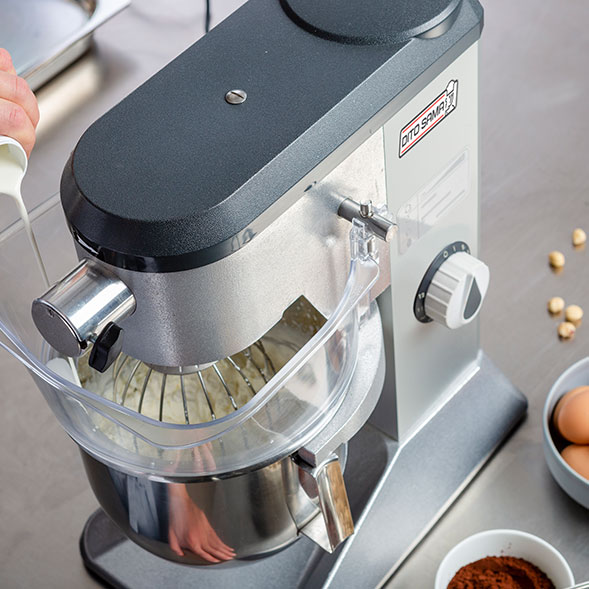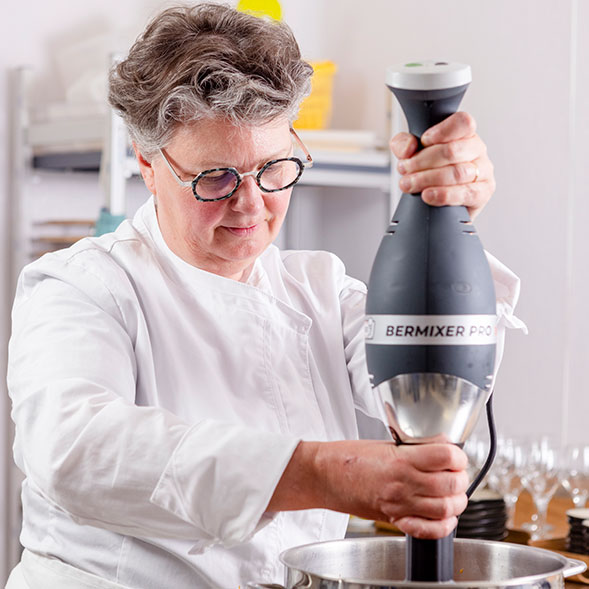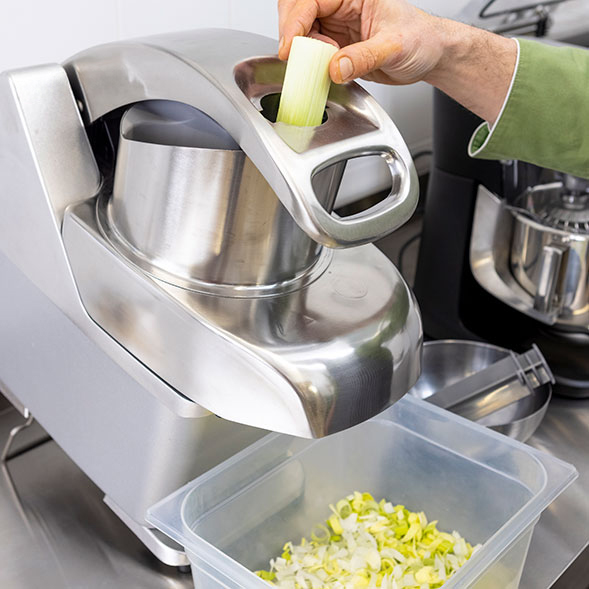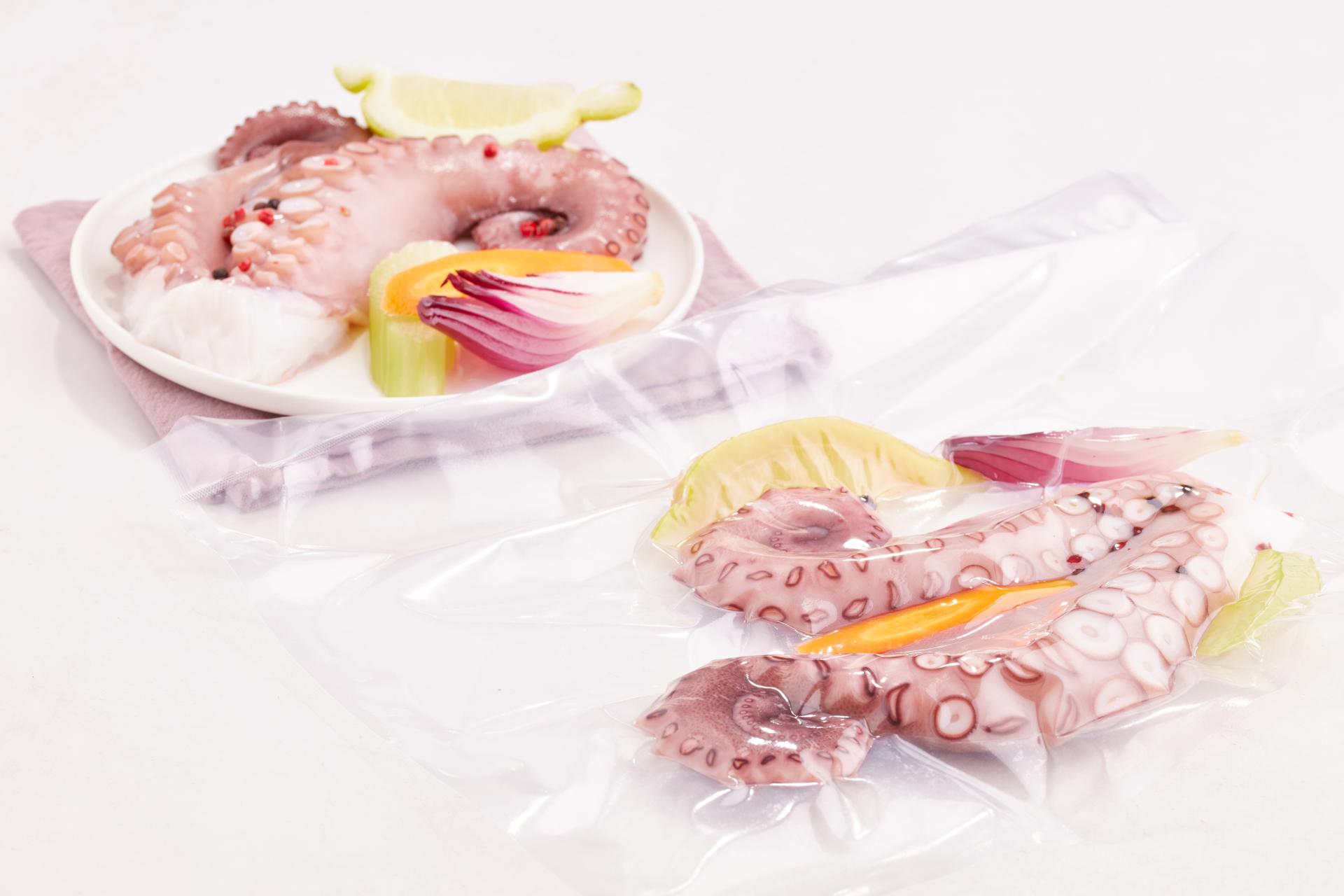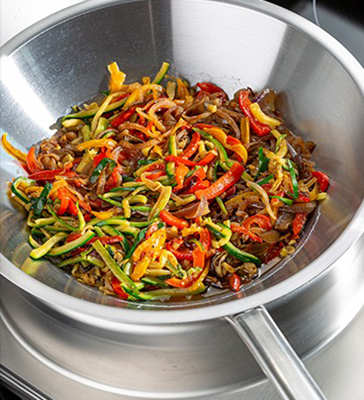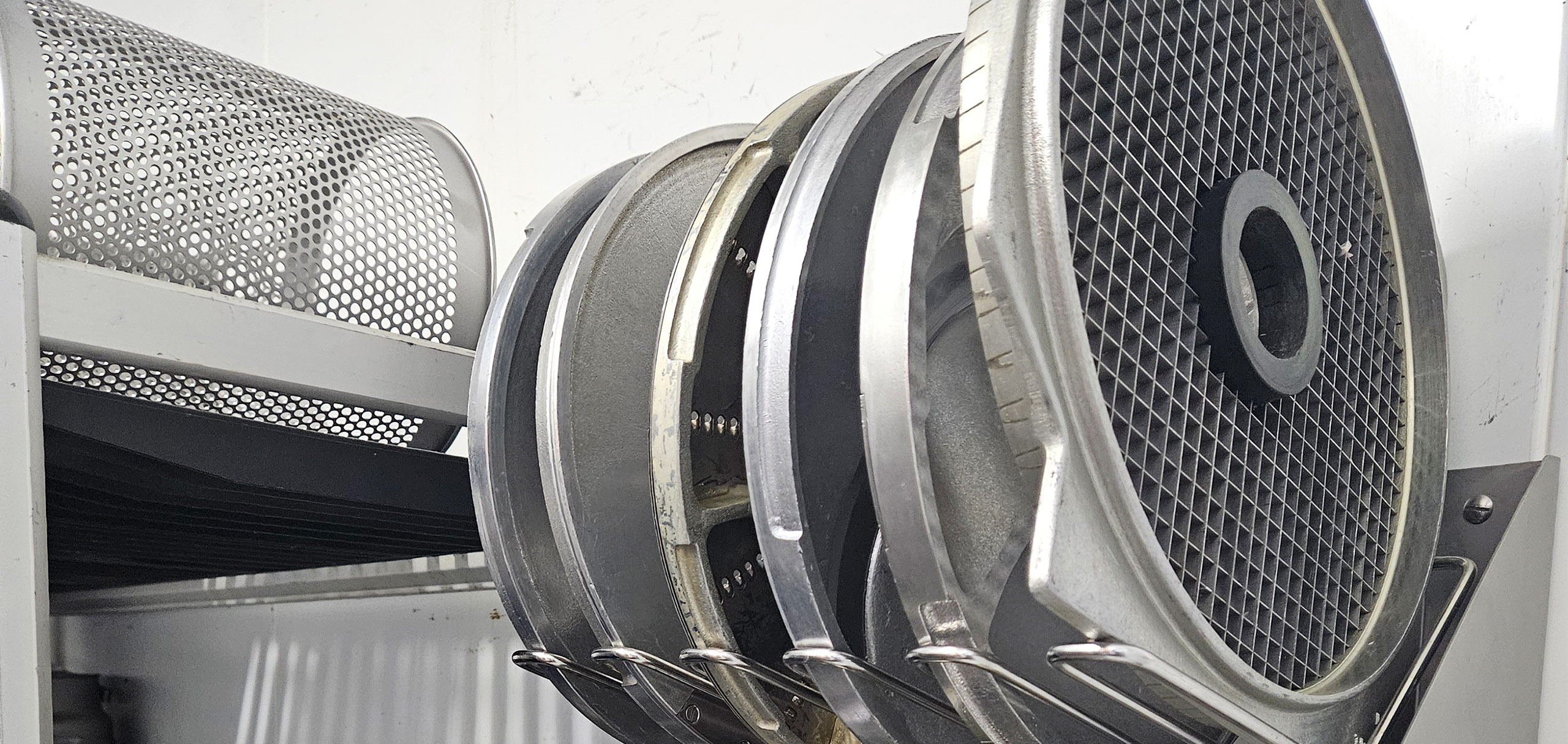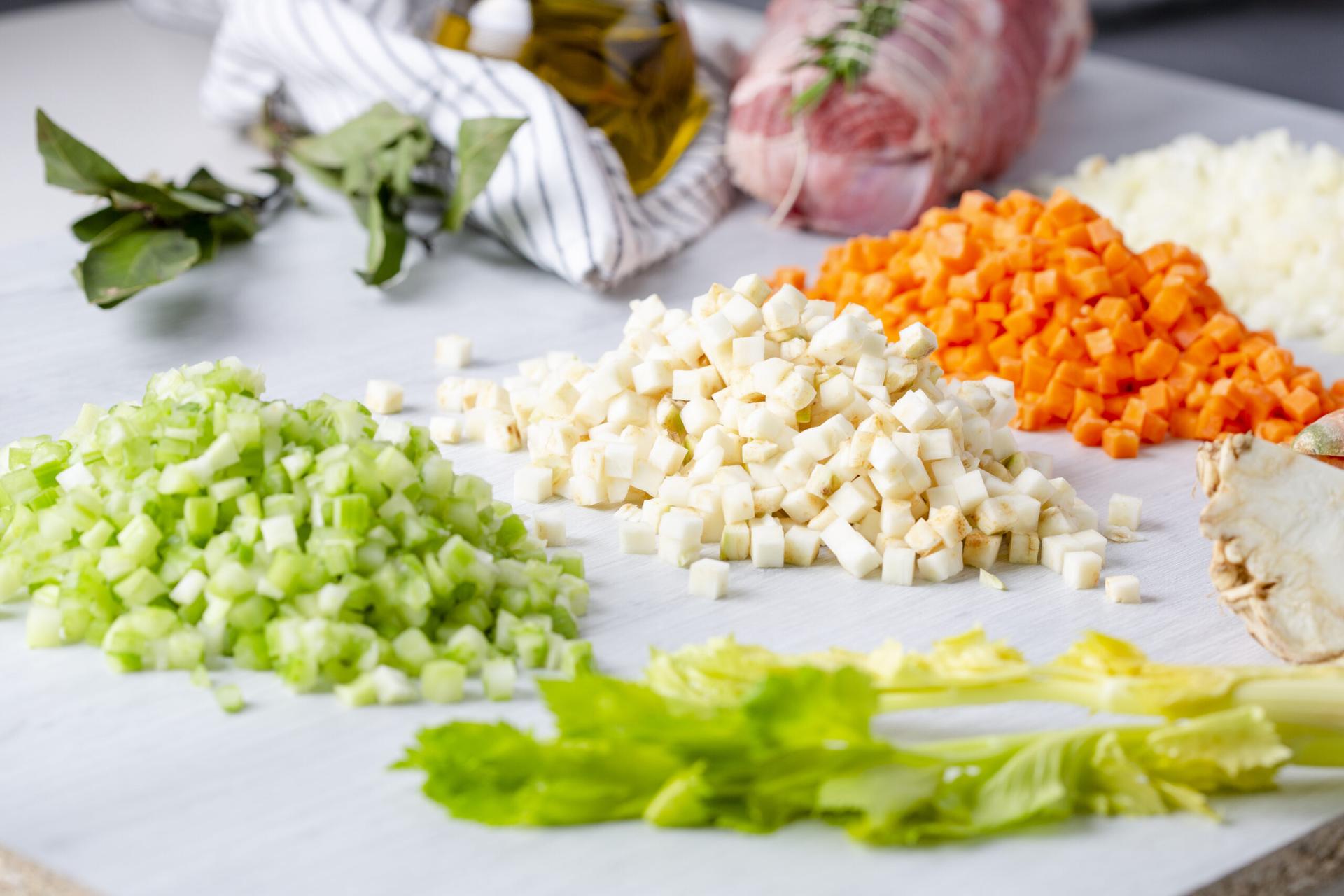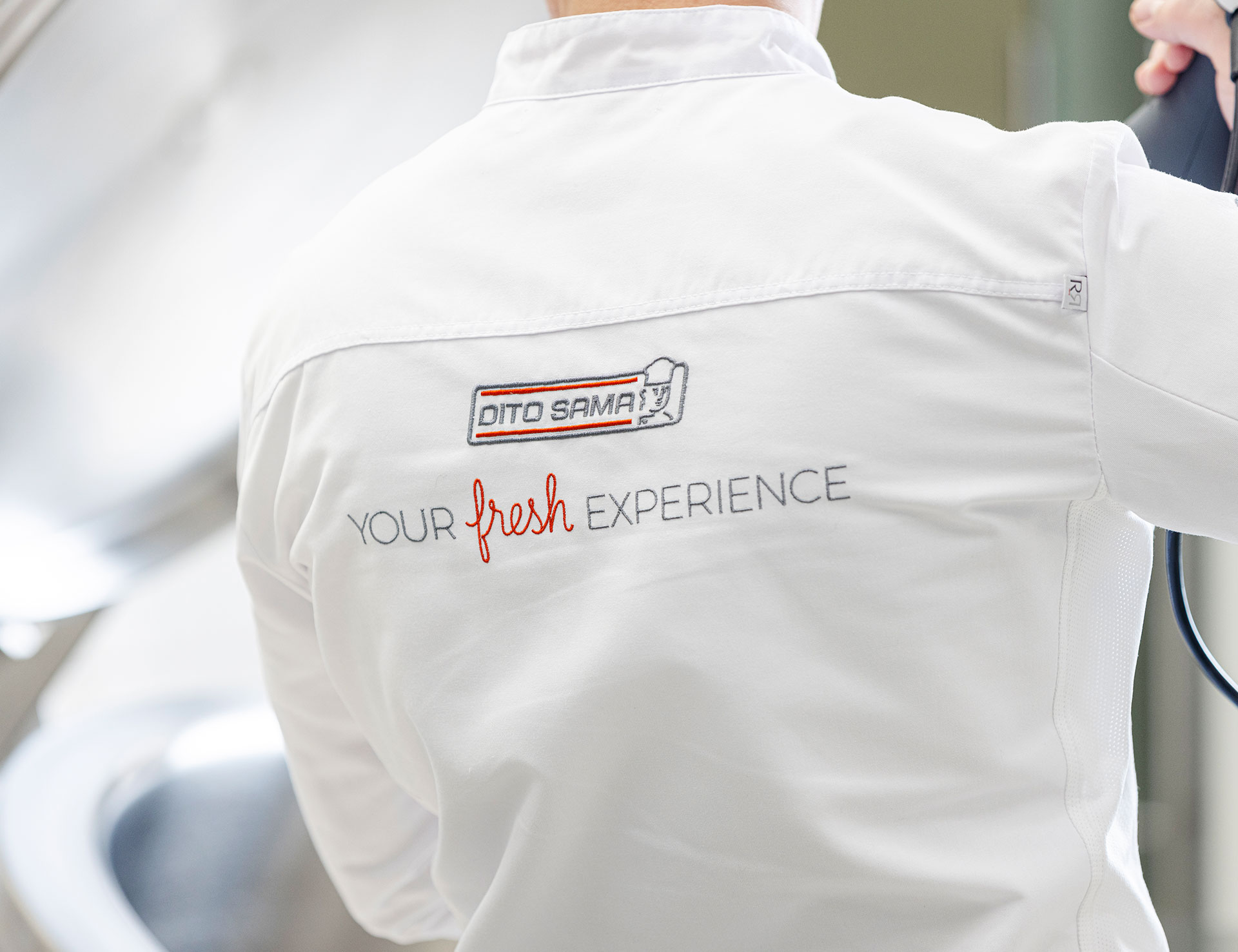

Essential Kitchen Equipment Every Professional Chef Should Have
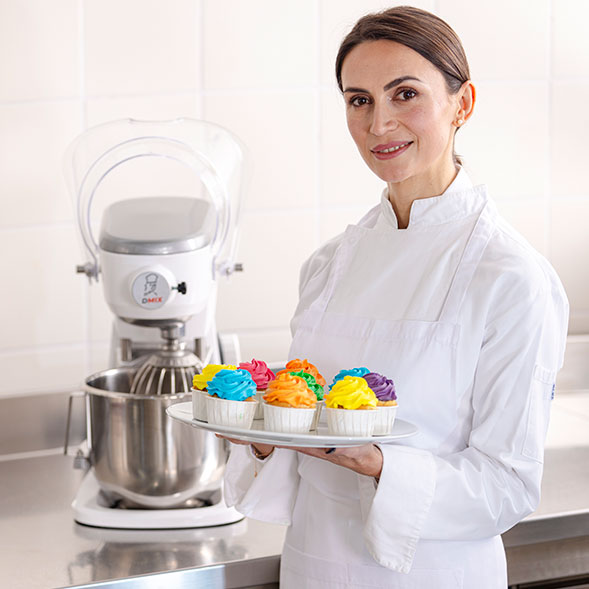
Every professional kitchen has its own rhythm – but behind every smooth operation, there’s a thoughtful setup of essential tools doing the heavy lifting. Whether you're launching a new restaurant or refining your current workflow, investing in the right commercial kitchen appliances and tools is key to delivering quality, speed, and safety in daily service.
In this article, we’ll explore the must-have kitchen equipment every professional should consider, how to choose the best fit for your business, and how to keep your setup in peak condition for years to come.
The Essential Tools Every Commercial Kitchen Needs
A well-equipped kitchen is more than a luxury – it’s the foundation of consistent food quality and an efficient workflow. While needs vary by cuisine and concept, some tools are universally indispensable:
Each of these tools plays a role in maintaining food quality, reducing waste, and supporting a productive team.
How to Choose the Best Equipment for Your Business
Selecting the right equipment isn’t just about ticking boxes – it’s about aligning tools with your kitchen’s specific goals and challenges. Before purchasing new appliances, consider the following.
01.
Volume and menu needs:
evaluate how many dishes you serve per day and which tools are most relevant to your core offerings. For example, if your kitchen handles a large number of vegetable-heavy dishes, a high-capacity vegetable cutter might be a better investment than an extra fryer.
02.
Space and layout:
take precise measurements and think about how equipment will fit into the kitchen flow. Efficient layout minimizes cross-traffic and boosts safety. Did you know that even a few seconds saved per dish, multiplied across hundreds of orders, can lead to hours of labor saved every week?
03.
Staff skill level:
choose user-friendly, intuitive machines if you frequently train new staff. Some equipment, like Dito Sama’s food processors, are engineered for ease-of-use without compromising performance, helping reduce training time.
04.
Energy efficiency and maintenance:
opt for appliances that offer long-term value through lower energy use, durable components, and easy maintenance routines. Energy-efficient models not only reduce your utility bills – they also contribute to sustainability goals that matter more and more to today’s diners.
05.
Supplier support and warranty:
choose partners who offer installation, training, and responsive customer service. Dito Sama, for example, supports professionals with a robust range of equipment and expert guidance, helping you get up and running smoothly and stay that way.

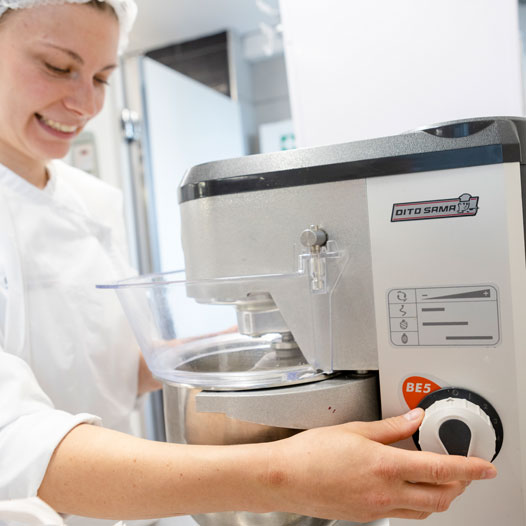
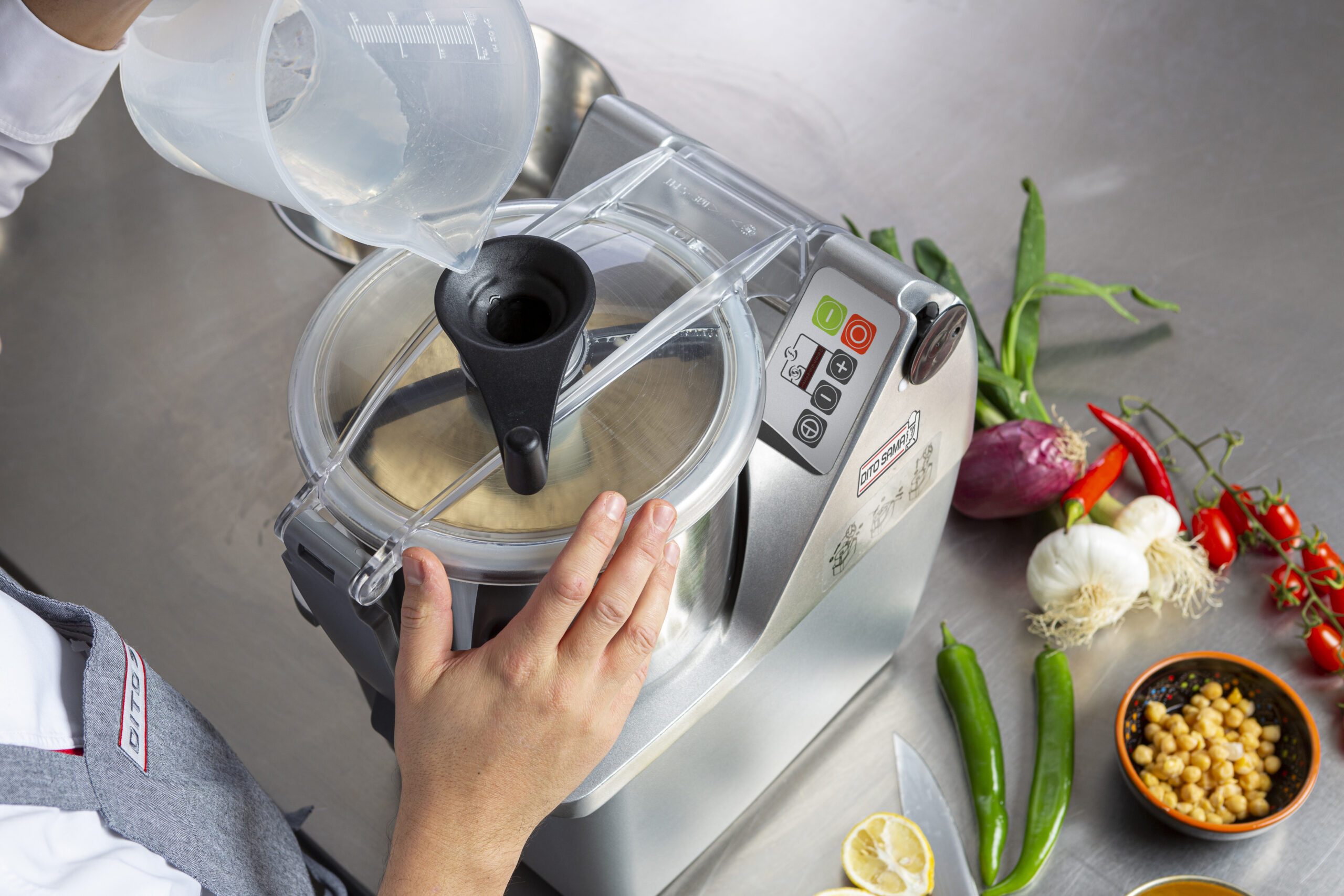
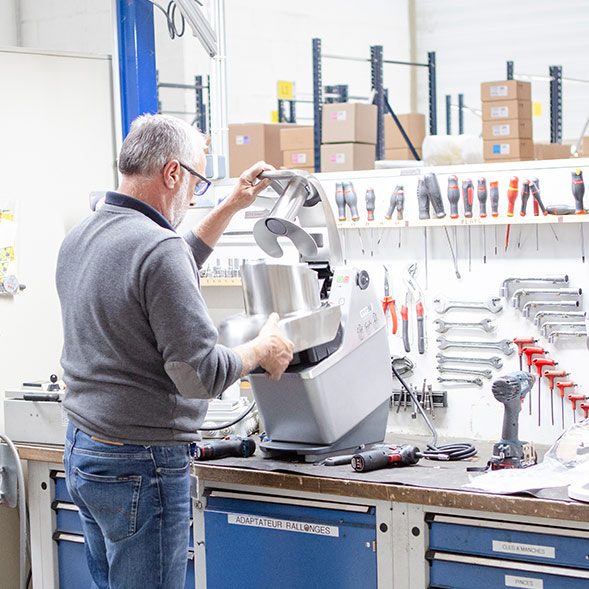


01.
Volume and menu needs:
evaluate how many dishes you serve per day and which tools are most relevant to your core offerings. For example, if your kitchen handles a large number of vegetable-heavy dishes, a high-capacity vegetable cutter might be a better investment than an extra fryer.

02.
Space and layout:
take precise measurements and think about how equipment will fit into the kitchen flow. Efficient layout minimizes cross-traffic and boosts safety. Did you know that even a few seconds saved per dish, multiplied across hundreds of orders, can lead to hours of labor saved every week?

03.
Staff skill level:
choose user-friendly, intuitive machines if you frequently train new staff. Some equipment, like Dito Sama’s food processors, are engineered for ease-of-use without compromising performance, helping reduce training time.

04.
Energy efficiency and maintenance:
opt for appliances that offer long-term value through lower energy use, durable components, and easy maintenance routines. Energy-efficient models not only reduce your utility bills – they also contribute to sustainability goals that matter more and more to today’s diners.

05.
Supplier support and warranty:
choose partners who offer installation, training, and responsive customer service. Dito Sama, for example, supports professionals with a robust range of equipment and expert guidance, helping you get up and running smoothly and stay that way.
When these factors are considered together, they help you build a reliable, scalable kitchen setup that adapts to your growing business. A smart choice today can prevent headaches tomorrow – and give your team the tools they need to thrive.
Maintaining and Upgrading Your Kitchen Setup
Buying commercial kitchen equipment is a significant investment – but how you care for it matters just as much as what you choose.
Establish a regular cleaning and maintenance routine, with daily, weekly, and monthly checklists. This not only extends the life of your equipment but also protects food safety and improves staff accountability.
As your business grows, keep a close eye on where your current setup may be falling short. Are prep times too long? Is your team waiting for equipment to become available? These are signals that it may be time to upgrade or expand your lineup.
Technology evolves, and so do kitchen needs. Investing in multifunctional equipment – like the professional food processors and vegetable cutters offered by Dito Sama – can add flexibility without sacrificing space. These tools are designed to grow with your operation, offering both precision and power in demanding environments.
In the end, a well-chosen and well-maintained kitchen setup pays off daily: in smoother service, happier staff, and dishes that consistently meet your standards.
LAST NEWS

